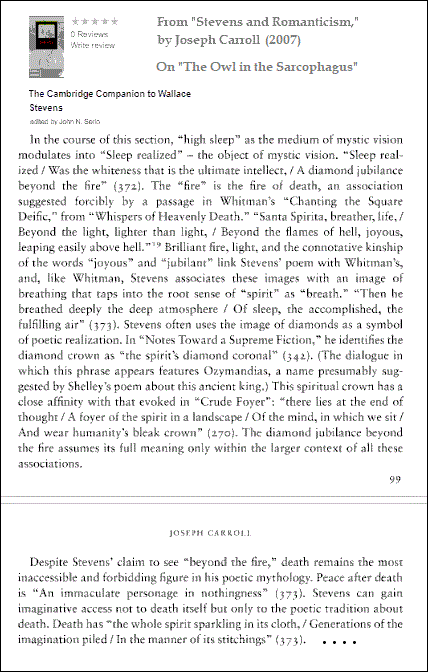From Gotay and Isenberg, "The Symplectization of Science,"
Gazette des Mathématiciens 54, 59-79 (1992):
"… what is the origin of the unusual name 'symplectic'? ….
Its mathematical usage is due to Hermann Weyl who,
in an effort to avoid a certain semantic confusion, renamed
the then obscure 'line complex group' the 'symplectic group.'
… the adjective 'symplectic' means 'plaited together' or 'woven.'
This is wonderfully apt…."

On "The Emperor's New Clothes" —
|
Andersen’s weavers, as one commentator points out, are merely insisting that “the value of their labor be recognized apart from its material embodiment.” The invisible cloth they weave may never manifest itself in material terms, but the description of its beauty (“as light as spiderwebs” and “exquisite”) turns it into one of the many wondrous objects found in Andersen’s fairy tales. It is that cloth that captivates us, making us do the imaginative work of seeing something beautiful even when it has no material reality. Deeply resonant with meaning and of rare aesthetic beauty—even if they never become real—the cloth and other wondrous objets d’art have attained a certain degree of critical invisibility.
— Maria Tatar, The Annotated Hans Christian Andersen (W. W. Norton & Company, 2007). Kindle Edition.
|




